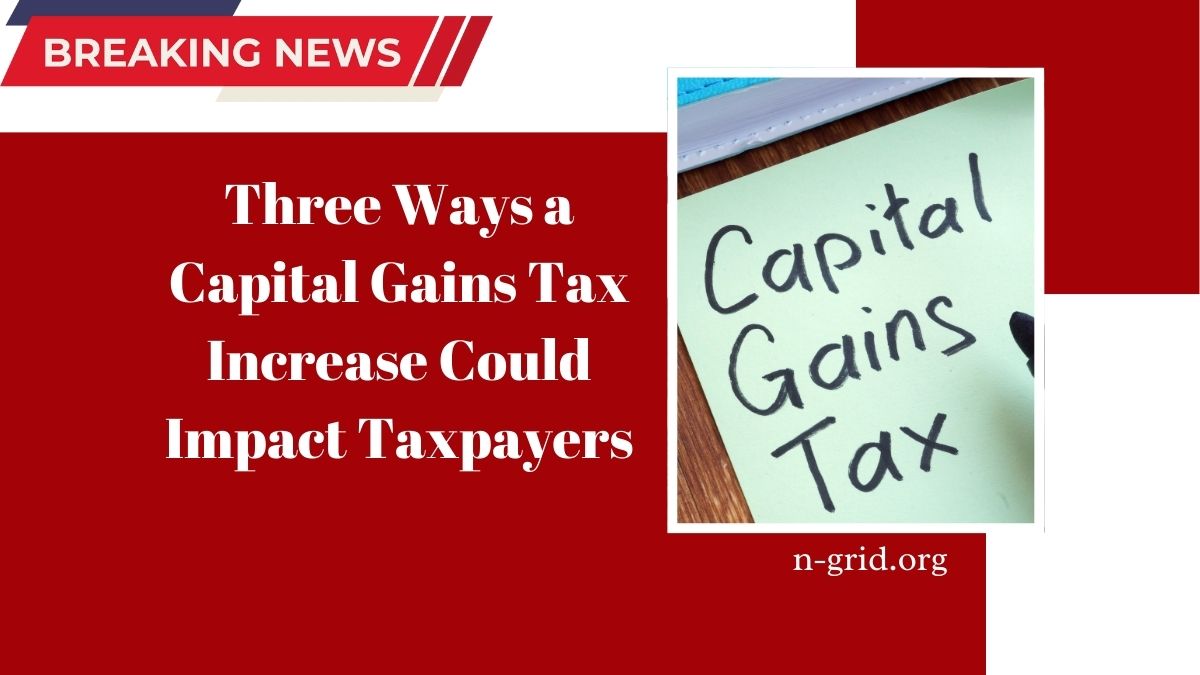The recent prorogation of Parliament has led to significant uncertainty surrounding the proposed increase in the capital gains tax inclusion rate. Initially slated to take effect on June 25, 2024, the increase has been halted for now. However, the possibility remains that it could be revived retroactively when Parliament reconvenes or under a new government following a widely anticipated spring election.
This article delves into the implications of this tax proposal, real-life scenarios of affected individuals, and strategic considerations for taxpayers.
Proposed Changes to the Capital Gains Tax
Under the 2024 federal budget, the capital gains inclusion rate was proposed to increase from 50% to 66.67% for gains realized on or after June 25, 2024.
While individuals and specific trusts (like graduated rate estates and qualified disability trusts) could still use the 50% inclusion rate for the first $250,000 of annual gains, corporations, and most family trusts would not qualify.
For individuals, the increase translates to a 9% rise in the top tax rate on capital gains exceeding $250,000.
Key Developments and CRA Guidelines
- CRA Compliance: The Canada Revenue Agency (CRA) announced plans to administer the new rules effective June 25, 2024. Forms to comply with the updated regulations are expected by the end of the month.
- Relief Measures: Arrears interest and penalties may be waived for corporations and trusts filing 2024 returns by March 3, 2025.
- Legislative Uncertainty: If Parliament dissolves or no bill is passed upon its return, the CRA will cease administering the changes.
Political Opposition and Advocacy
On Thursday, Conservative Leader Pierre Poilievre pledged to rescind the increase if elected, referencing a C.D. Howe Institute report estimating that the higher inclusion rate could cost 414,000 jobs. Similarly, medical associations have urged the government to abandon the tax hike, citing its negative impact on physicians’ retirement savings and the attractiveness of community-based practices for new doctors.
Scenarios and Financial Implications
Scenario 1: The Investor
- Profile: Joel, an Alberta resident in the top 48% tax bracket, manages a $2 million non-registered portfolio with an annual turnover of 20%.
- 2024 Capital Gains: Joel realized $80,000 in gains, which falls below the $250,000 threshold.
- Tax Outcome: At a 50% inclusion rate, Joel owes approximately $19,200 in taxes, unaffected by the proposed changes.
Scenario 2: The Doctor
- Profile: Jeff, an Ontario physician operating through a professional corporation, also holds a $2 million portfolio.
- 2024 Capital Gains: Jeff’s corporation realized $80,000 in gains, subject to the two-thirds inclusion rate since corporations do not benefit from the $250,000 exemption.
- Tax Impact: Jeff’s combined tax rate on capital gains rises to 38.6%, compared to the previous 29%, resulting in nearly 10 percentage points higher tax liability.
Scenario 3: The Chalet Owner
- Profile: Laurie, a B.C. resident, sold a Whistler ski chalet for $1.5 million, realizing a $1 million capital gain. The chalet was not her primary residence.
- Tax Breakdown:
- First $250,000 taxed at 50%.
- Remaining $750,000 taxed at 66.67%.
- Additional Tax: Laurie faces an extra $67,500 in taxes on the $750,000 gain.
Strategic Considerations
For taxpayers like Laurie, decisions hinge on whether to pay taxes now or wait for legislative clarity:
- Paying taxes by April 30, 2025, eliminates interest charges if the legislation passes.
- Waiting until June 30 risks $900 in arrears interest on the extra tax owed, a gamble some may take to retain liquidity temporarily.
Tax Comparison Before and After Inclusion Rate Change
| Scenario | Capital Gains | Tax Rate Before | Tax Rate After | Tax Increase |
|---|---|---|---|---|
| Joel (Investor) | $80,000 | 24% | 24% | None |
| Jeff (Doctor) | $80,000 | 29% | 38.6% | 9.6 percentage points |
| Laurie (Chalet) | $1,000,000 | 50% on $250k; 66.67% on $750k | Same | $67,500 extra |
FAQs
What is the capital gains inclusion rate?
The inclusion rate determines the percentage of a capital gain subject to tax. The proposed increase raises this from 50% to 66.67%.
Will corporations benefit from the $250,000 exemption?
No, the exemption applies only to individuals and specific trusts, not corporations or most family trusts.
What happens if the legislation is not passed?
The CRA will cease to administer the changes if no bill is introduced or passed.




